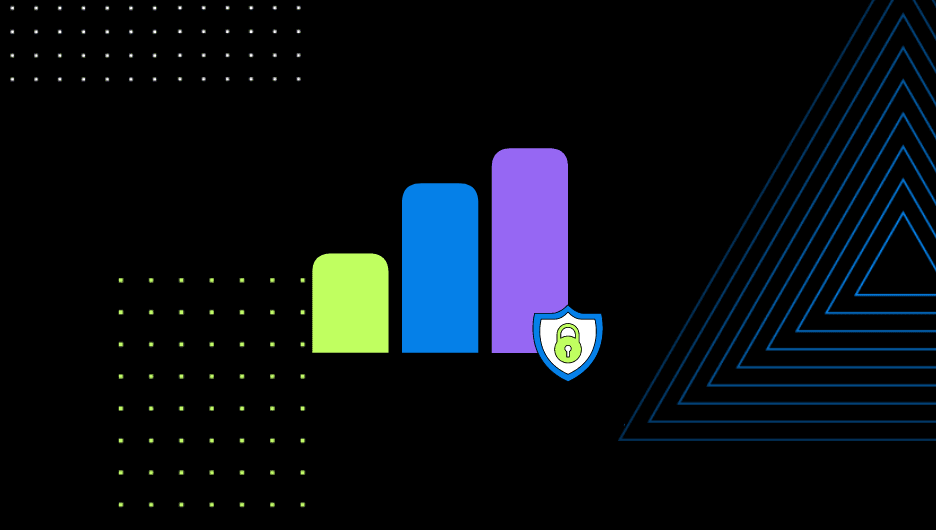What Is Shift-Left Security and Why Should Businesses Incorporate It?
Shift-Left Security is a new concept piquing the interests of software companies to help develop secure products in record time.
We’re seeing changes in how SaaS organizations implement security and compliance practices.
Security and compliance are often treated as an afterthought in the product and software development life cycle (SDLC). Traditionally it’s incorporated toward the end of the product development lifecycle, when developers pass the product on to security teams for testing. And it’s not uncommon for those security experts to flag countless vulnerabilities that require them to rewrite pages and pages of code.
The solution? Shifting left—a new concept piquing the interests of software companies to help develop secure products in record time.
What Is Shift-Left Security?
Shift-Left in security and compliance refers to the strategic approach of integrating security measures and compliance checks earlier in the software development lifecycle. Rather than addressing security and compliance issues as an afterthought or during later stages of development, Shift Left advocates for incorporating these considerations from the outset, ideally at the inception of the development process.
When asked about the differences between Shift-Left Compliance and Shift-Left Security, here’s what our CISO Matt Hillary had to say:
At its most basic level, shifting left requires three things:
Proactivity: Identifying and mitigating security vulnerabilities and compliance risks at the earliest stages of development.
Empowering development teams: Providing dev teams with the tools and knowledge they need to ensure the security and compliance of their code.
Continuous testing: Initiating feedback loops enables development teams to identify and address issues iteratively throughout the lifecycle.
Why Should Businesses Shift Left?
There is no shortage of benefits to shifting left. By actively addressing security concerns from the inception of development, you can reduce the likelihood of vulnerabilities slipping through undetected and enhance your security posture.
Shifting left in security also makes it easier to shift left in compliance. If your development team incorporates security measures into its code, it’s likely helping your product meet compliance requirements you may want to pursue later down the road.
Shifting left also fosters enhanced collaboration among development, security, and compliance teams, breaking down silos and promoting a shared responsibility for security and compliance throughout the organization.
What Holds Us Back?
While shifting left is gaining traction within SaaS organizations, businesses are still grappling with a few roadblocks.
Speeding Safely
The biggest concern most organizations have when it comes to shifting left is the fear that incorporating these practices early on will slow down the product development process. It’s a fair concern, but here’s what our CISO Matt Hillary has to say about the topic:
“Think about the ultimate speed instead of going super fast right at the beginning and then having to go back. Shifting left means you can go fast while knowing you won’t have to turn around and fix things.”
Culture Shifts
Significant organizational culture and mindset shifts may be necessary to prioritize security and compliance effectively throughout the development process. This requires buy-in from leadership and a cultural shift towards valuing security as a core component of software development.
Disruption of Current Processes
Integrating Shift-Left practices into existing processes and workflows can be complex, particularly in organizations with established development operations. It requires careful planning and coordination to seamlessly incorporate security and compliance measures without disrupting existing processes.
Skill Gaps and Training
Addressing skill gaps and training needs is essential to equip development teams with the knowledge and tools required to implement Shift Left effectively. Providing ongoing education and training programs can help bridge these gaps and empower teams to embrace security and compliance responsibilities.
Shift Left represents a paradigm shift in cybersecurity and compliance, addressing the growing need for proactive and integrated approaches to mitigate risks in software development. By embedding security and compliance considerations early in the development process, shifting left not only enhances the security posture of organizations but also fosters a culture of continuous improvement and collaboration across teams.
For more industry insight, subscribe to Trusted, our bi-weekly newsletter.






